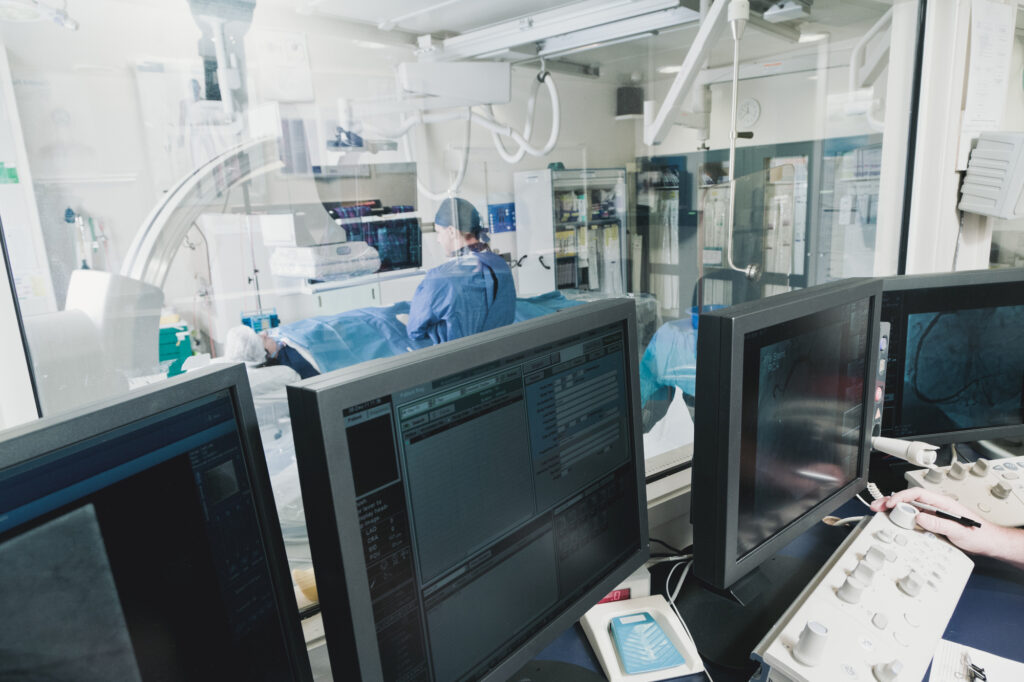
Hospital margins have been challenged by increases in labor expenses and shortages coupled with declining admissions and procedures. As financial pressures increase so too does the pressure on all departments to provide more value, more savings, and a greater ROI. Costs are rising faster than hospitals can raise revenues and prices.
There are a lot of solutions out there that offer promise of greater efficiencies for clinicians, new cloud based software that can provide greater insights into care practices and increased billing. Beyond the internal benefits, there are additional advances in hospital at home programs, and remote monitoring for chronic conditions. There is a learning curve to these systems, and for most it can often take months or years to realize the promised return.
How do you provide greater cost savings and efficiencies in care through existing IT networks and infrastructure? What can IT departments do now that doesn’t require education and training campaigns, massive investments in infrastructure or new systems?
In healthcare we know that early identification of problems is key to the most effective treatment. This is no different when it comes to IT systems ensuring safe and effective patient care.
How about monitoring the reliability of their current networks? All of these interconnected solutions require connected networks to function optimally and provide the necessary advances in patient safety and clinician efficiency. Buying the latest cloud-based AI solution to improve diagnosis, treatments, safety, and insurance denials, is only useful when the network is functioning.
Back in 2018 network reliability was identified as one of the risks to patient safety, what have systems done since then to ensure reliability? The pandemic likely radically changed or accelerated certain IT investments, moving up some upgrades or canceling others.
Calculating a basic ROI for pro-active network monitoring can be accomplished, just looking back at previous blog posts we can often see the time used by staff on this activity. If end-users are monitoring the network and checking for transmission of data and reports, their time is easily measured and value assigned. Are the IT departments measuring this time? Unlikely, but the unit managers can tell you how many hours each person spends on this.
- When we considered the Cath Lab in a previous post, an RT or RN spends 3-5 hours every week checking feeds. Multiply this by every imaging area in the hospital, the numbers add up very quickly, at the most basic there may be 4 different imaging areas connected.
- Pharmacy systems were also previously reviewed, how much time is spent reporting issues? It can be up to 20 minutes of a nurses time on the phone troubleshooting, likely with at least one additional call back.
- How about remote monitoring programs? How much time will a nurse or physician spend on the phone with a patient trying to troubleshoot transmissions only to find that a connection was interrupted within the hospital’s own system?
Taking a look at the overall IT infrastructure the numbers can quickly add up throughout a hospital or health system. How often are feeds interrupted? Likely not that often, but even a single interruption after a monthly update can have significant ramifications to productivity when spread across an organization.
Those are the simple calculations to measure ROI, more difficult to measure are the ramifications to patient safety, staff satisfaction, and perhaps even future IT investment. If “nothing ever works around here” then there will be difficulty getting clinician buy-in to adopt the newest and best technologies.
Pro-active monitoring can enable early detection and warning. A simple message from IT can alert staff that IT is already aware of a problem and working on a resolution. Is IT optimizing the existing infrastructure to provide the best ROI?
Tido provides automated end to end monitoring solutions that will automatically alert your teams there is a disruption.

